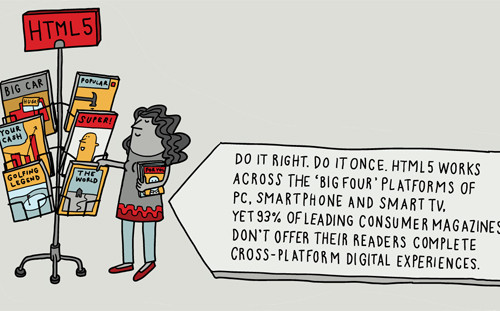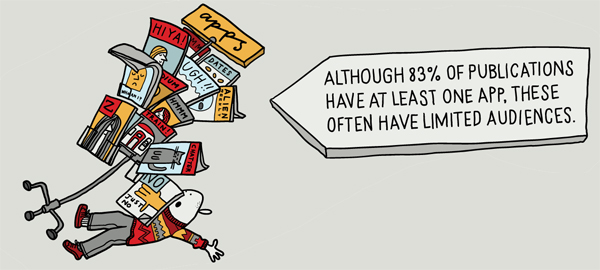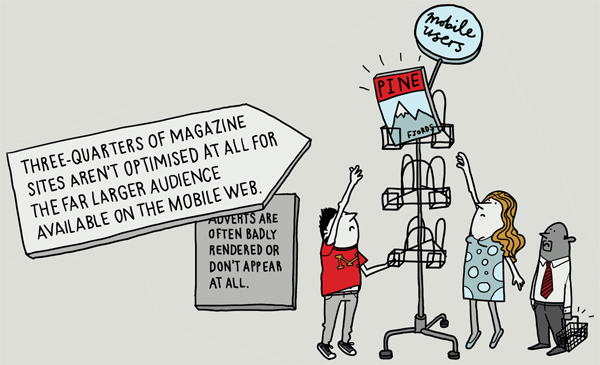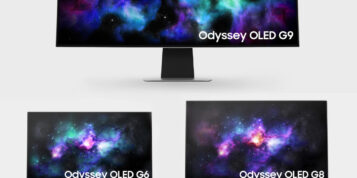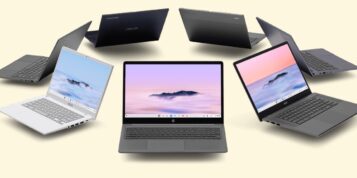Online consumer publishers have been slow to respond to demand for multi device optimisation, specifically regarding advertising, according to a report by Brand Perfect.
The report analysed one hundred consumer facing magazines that publish online, and discovered that while many of these had begun to develop mobile apps, there were very few that were effectively optimised for all types of smartphone and tablet.
These types of publications rely heavily on advertising for revenue, so it is surprising to discover the lack of cross-platform advertising optimisation.
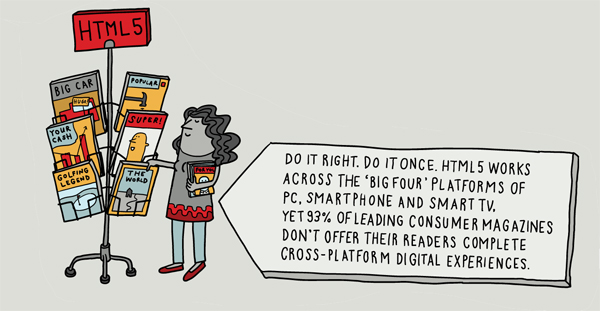
Multi device analysis
Brand Perfect selected 100 consumer magazine websites in the UK, US, and Germany, which were leading magazine publishers or smaller independent publications with a significant readership.The home pages of the sites were analysed to determine whether they were optimised for devices that included Apple Macbooks, Apple iPads, Google Nexus tablets, and Apple iPhones. The readability and effectiveness of the ads displayed on these sites were evaluated.
Mobile apps slowly catching on
The majority of the magazine sites in the UK and US had produced some sort of mobile app with 83% having products available in the Apple App Store, Google Play or Newsstand. 65% of these had produced iPhone apps, while 40% had created apps for Android. However the researchers felt that the content and the ads on these mobile apps were often simply migrated from print versions with no real thought put into the readability of the content or the context of the mobile user.
Ads on these mobile sites were often difficult for the user to see or read, although the advertisers would still have been charged per impression. Some used mobile friendly mini-banners, but the researchers felt that a standard MPU banner of 300×250 pixels would have created more impact and been easier to read, specifically on a smart phone screen.
Tablet optimisation falls behind
Only a quarter of the magazine sites analysed were effectively optimised for tablet display, even though they all published on iPad, with the majority simply serving a scaled down version of their desktop site. While these often remained reasonably readable on a standard iPad, they were very difficult to view on a 7” Nexus tablet.
The failure of consumer sites and advertisers to optimise for tablets is surprising given the increase in tablet use. A report from Adfonic has suggested that the number of ad impressions viewed on tablets increased from 9% to 14% from Q2 to Q4 in 2012, and this figure looks set to grow at a similar rate.
The click through rate on adverts is significantly higher on tablets than on smartphones in most sectors, so the opportunities of optimising for tablet should not be overlooked. Figures from Kleiner Perkins Caufield & Byers predict that by 2015 the number of tablet users will have shot up from 1.1 billion to 3 billion.
Optimisation for individual devices
The sheer volume of smartphones, tablets, and other mobile devices now available raises the question of whether individual apps should be developed for each device.
Many argue that apps are essential as consumers use each device in a different way, and in a different context, so therefore apps should be designed and ads served with each device in mind. The opposing view is that publishers should focus their efforts on optimising their main site for all devices using technology such as responsive deign.
What is clear, however, is that optimisation for mobile devices should now be an integral part of any digital media plan as growth in this area is impressive and consumers are using mobile devices for a far greater range of activities. Figures from Econsultancy’s Multi Channel Retail Survey showed that the percentage of UK consumers who had made a purchase on their mobile had almost doubled, from 13% in 2011 to 25% in 2012.
Consumer publishers and the brands that advertise on their sites need to work together to determine an overall strategy for delivering cross-platform ads and content that work for every type of device, and that appeal to consumers on the go as much as those using a more traditional desktop computer.
